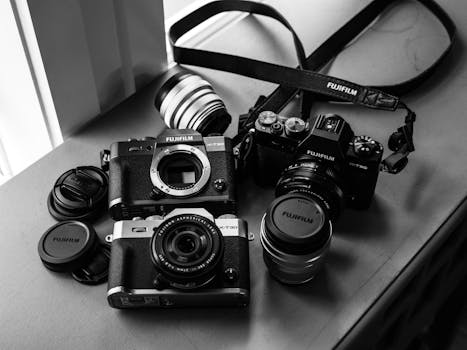Sensor Size vs Megapixels: Which Smartphone Camera Factor Matters?
9/24/2025 · Cameras · 6 min

TL;DR
- Sensor size usually matters more for low light and dynamic range than pure megapixel count. Larger sensors gather more light per pixel.
- Megapixels affect detail and cropping headroom, but more pixels on a tiny sensor can increase noise.
- Pixel size is the practical bridge: larger pixels mean better low light performance and lower noise.
- Computational processing can compensate for sensor limits, but optics and sensor area set the ceiling.
Sensor Size vs Megapixels
- Sensor size: The physical area of the image sensor. Bigger sensors collect more light and offer better dynamic range and lower noise.
- Megapixels: The number of pixels on that sensor. Higher megapixels give more detail at the same framing, useful for cropping and large prints.
- Trade off: Packing many megapixels onto a very small sensor creates tiny pixels that capture less light per pixel, which can worsen noise and reduce effective dynamic range.
Low Light Performance
- Larger sensors with larger pixels usually outperform smaller, high megapixel sensors in low light.
- Pixel binning and computational night modes help, but cannot fully replace the advantage of physical sensor area.
- If you shoot indoors or at night often, prioritize sensor size and pixel size over an inflated megapixel number.
Detail, Cropping & Use Cases
- For social media and phone-sized prints, 12 to 16 megapixels is often more than enough.
- If you crop heavily or need large prints, higher megapixels help, provided the sensor area supports them.
- Telephoto cropping versus optical zoom: more megapixels gives digital crop some flexibility, but optical zoom and sensor size remain superior for true detail retention.
Pixel Size and Noise
- Pixel size is measured in micrometers. Larger pixel pitch means more photons per pixel and better signal to noise ratio.
- Manufacturers may quote megapixel counts prominently, but actual low light performance correlates more closely with pixel size and sensor area.
Optics and Lens Quality
- A good sensor paired with a poor lens will not deliver great images. Lens sharpness, aperture, and stabilization all matter.
- Wider apertures let in more light and improve depth of field control. Optical image stabilization reduces blur at slow shutter speeds.
Computational Photography
- Modern phones use multi-frame noise reduction, HDR merging, and AI sharpening to boost image quality.
- Computational tricks can make smaller sensors look better, but they may introduce artifacts or lose natural detail in extreme cases.
- Consider how much of the image quality comes from software versus hardware when comparing phones.
Which Should You Care About?
- Casual shooters and social media: Prioritize balanced systems with good software and 12 to 16 MP sensors that have decent pixel size.
- Low light photography: Prioritize sensor size and pixel size, plus wide aperture and stabilization.
- Cropping and long zooms: Higher megapixels help, but optical zoom and larger sensors are more important for true detail.
- Pro workflows: Look at raw file quality, dynamic range, and lens options more than headline megapixel counts.
Buying Checklist
- Look for sensor size or pixel size specs in reviews, not just megapixels.
- Check sample low light photos and raw files if possible.
- Consider optics: aperture, OIS, and lens sharpness.
- Test computational features: night mode, HDR, and multi-frame processing.
- Think about use case: social sharing, travel, pro editing, or zooming.
Bottom Line
Megapixels matter for detail and cropping, but sensor size and pixel size often determine real world image quality, especially in low light. The best phones balance sensor area, optics, and computational processing. When choosing a smartphone, read tests that show low light performance and raw dynamic range rather than relying on megapixel counts alone.
Found this helpful? Check our curated picks on the home page.